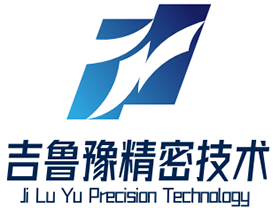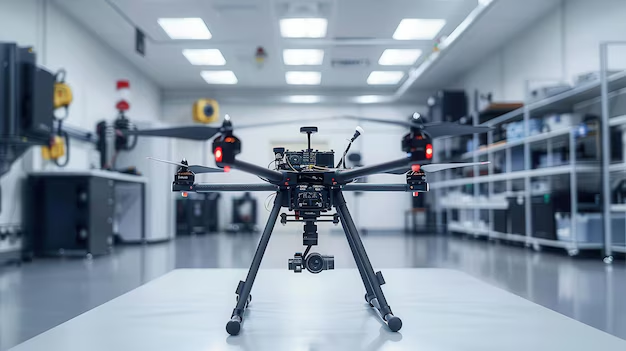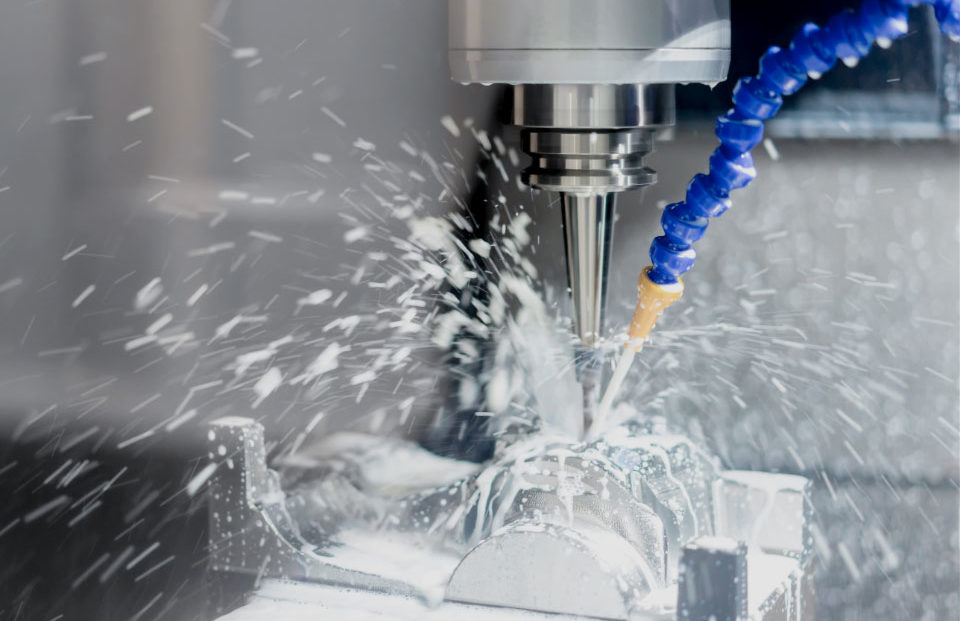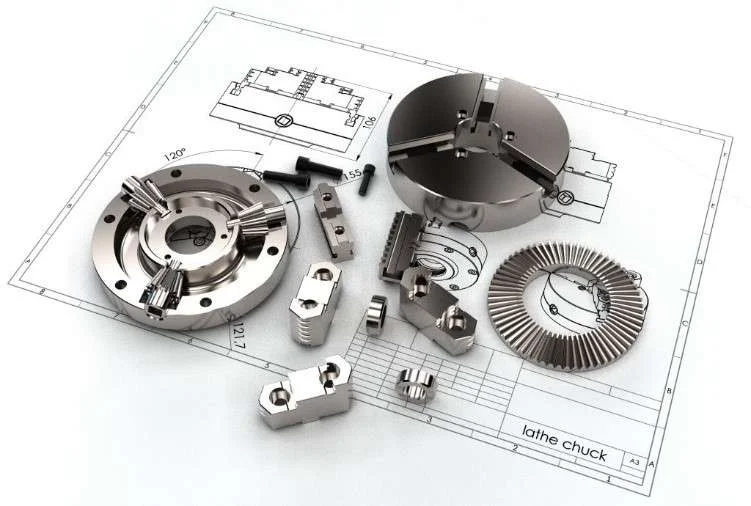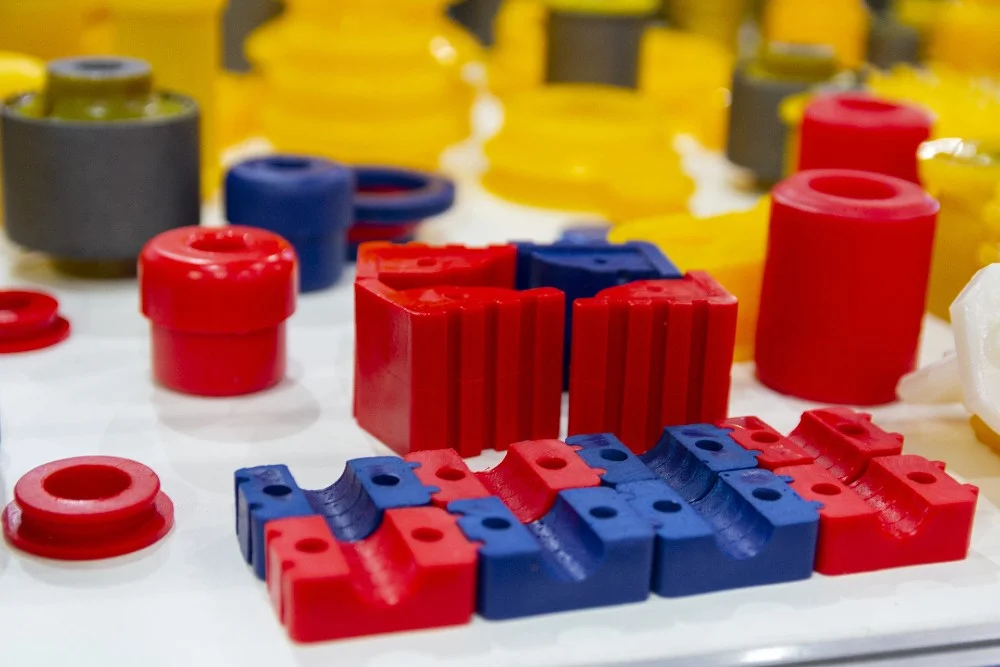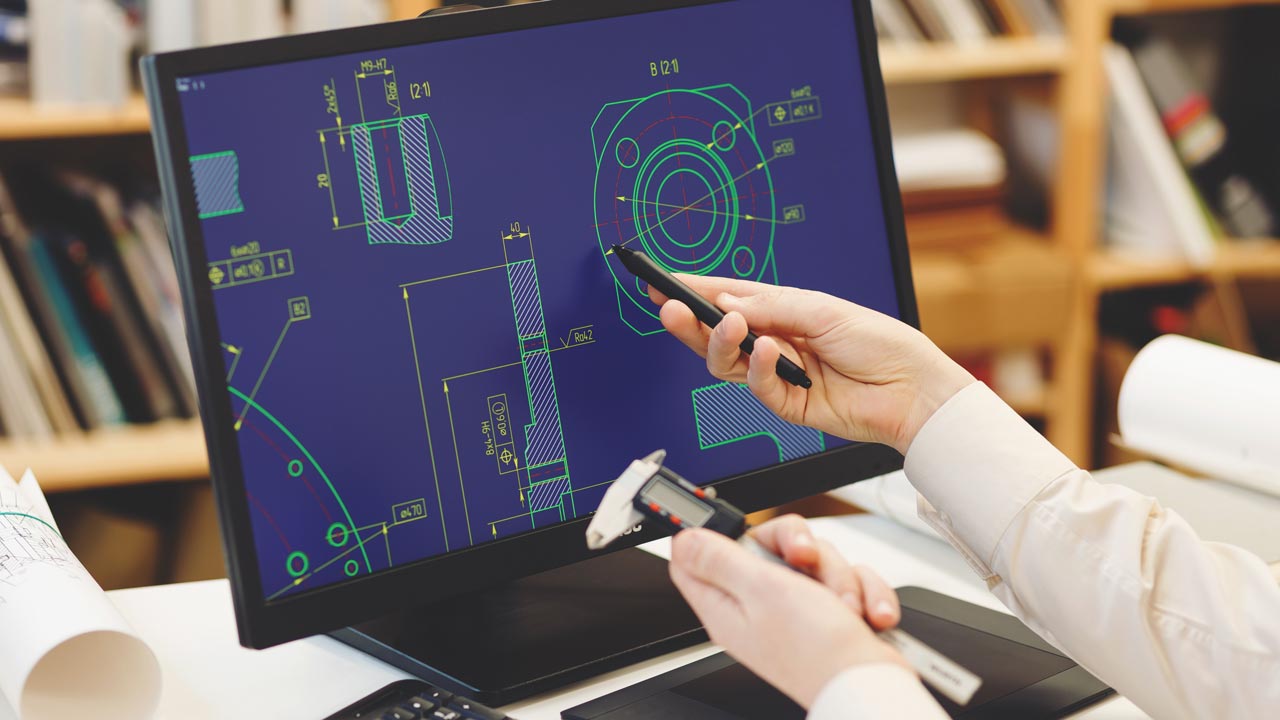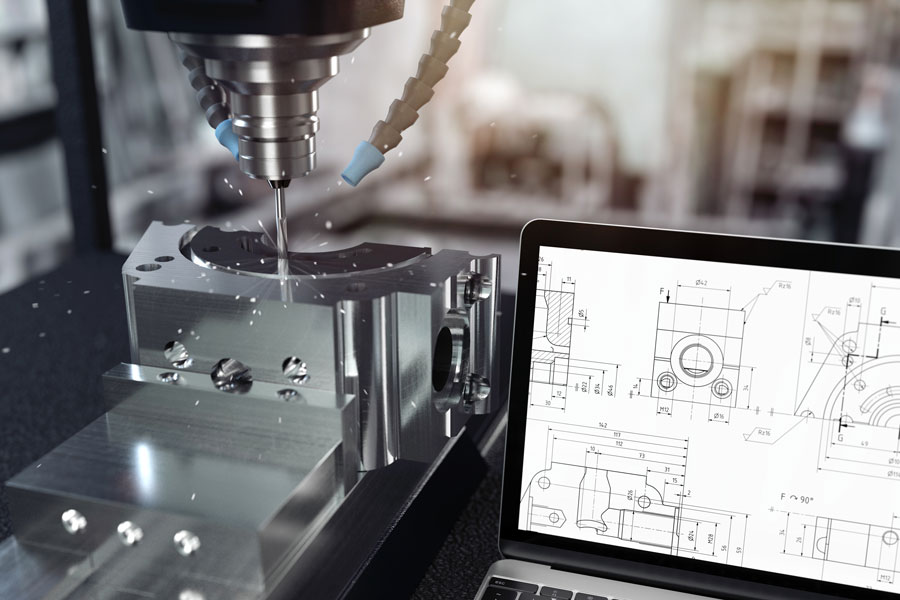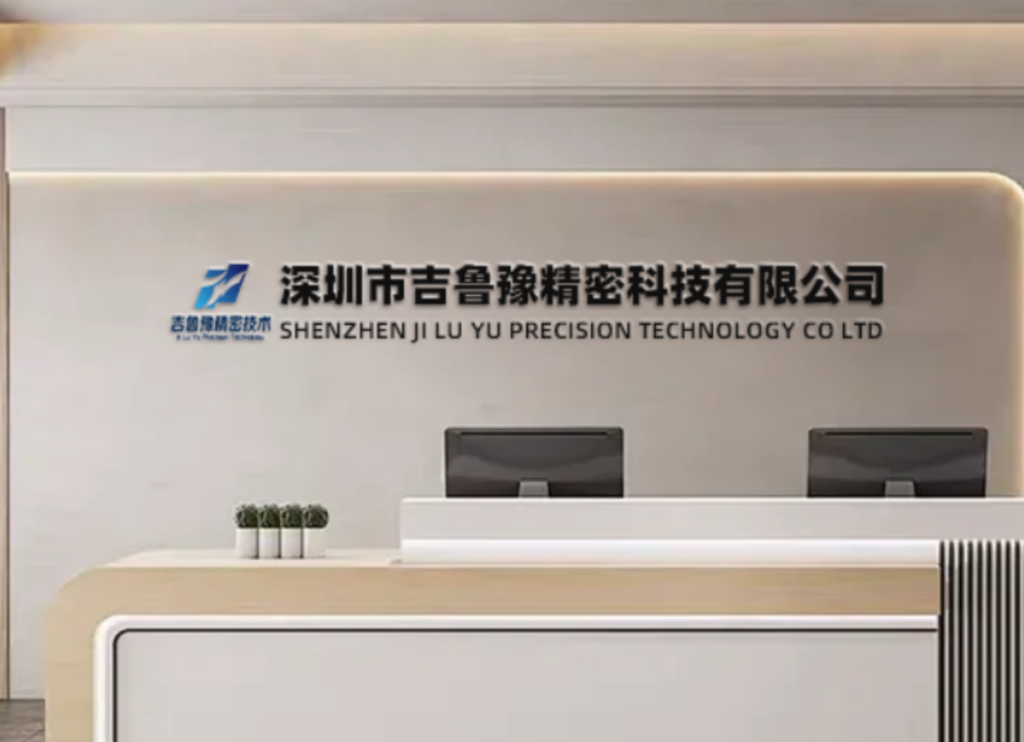Drone Component Manufacturing: Precision CNC Machining for Unmanned Systems
The Evolution of Drone Manufacturing: Why Precision Matters
The global drone market has transformed from niche hobbyist applications to a multi-billion dollar industry spanning commercial, military, agricultural, and consumer sectors. This rapid expansion has created unprecedented demand for high-precision components that deliver reliability, lightweight properties, and complex functionality. As CNC machining specialists, we’ve witnessed firsthand how manufacturing technologies have evolved to meet the unique challenges of drone production, where every gram and every millimeter matters.
Modern unmanned aerial vehicles (UAVs) demand exceptional engineering and precision manufacturing to achieve optimal performance. The competitive landscape requires manufacturers to balance structural integrity with minimal weight, functionality with size constraints, and quality with production efficiency. This comprehensive guide explores the technical considerations, methodologies, and practical applications of drone component manufacturing, providing engineering professionals with actionable insights for their next UAV project.
Technical Requirements for Drone Components
Unique Challenges in UAV Manufacturing
Drone components operate under conditions that demand exceptional performance from materials and manufacturing processes:
Table 1: Key Requirements for Drone Components
| Requirement | Technical Specifications | Impact on UAV Performance |
|---|---|---|
| Weight Optimization | High strength-to-weight ratios critical for all components | Directly impacts flight time, payload capacity, and maneuverability |
| Dimensional Accuracy | Typical tolerances of ±0.005mm to ±0.025mm | Ensures proper fitment, reduces vibration, and maintains aerodynamic properties |
| Structural Integrity | Withstanding vibration, shock loads, and environmental factors | Determines reliability and service life under operational conditions |
| Thermal Management | Efficient heat dissipation for electronic and power components | Prevents performance degradation and component failure |
| Surface Quality | Fine finishes (Ra 0.4μm to 1.6μm) for aerodynamic and wear surfaces | Reduces drag, minimizes friction, and improves overall efficiency |
The combination of these requirements creates unique manufacturing challenges that demand specialized expertise. As demonstrated by industry leaders, successful drone component manufacturing requires integrated approaches that address multiple considerations simultaneously .
Critical Drone Components and Their Functions
UAV systems incorporate numerous custom machined parts, each serving essential functions:
-
Frame and Structural Elements: Primary airframe components, arms, and mounting surfaces that provide the foundational structure while minimizing weight
-
Motor Housings and Mounts: Precision interfaces between propulsion units and airframe that ensure proper alignment and heat dissipation
-
Propeller Hubs and Blade Roots: Critical rotating components that transfer power while maintaining balance and structural integrity
-
Payload Mounting Systems: Camera gimbals, sensor platforms, and equipment interfaces that provide stable mounting while isolating vibration
-
Electronic Enclosures: Protective housings for flight controllers, GPS units, and communication systems that shield from EMI and environmental factors
Advanced CNC Technologies for Drone Manufacturing
Multi-Axis Machining Capabilities
The evolution of five-axis CNC systems has revolutionized drone component manufacturing by enabling complete processing of complex geometries in single setups. This technology eliminates cumulative errors associated with multiple repositioning operations and significantly improves accuracy for components with complex contours .
Five-axis machining is particularly valuable for drone components featuring organic aerodynamics, compound angles, and integrated cooling channels that would be impractical to produce with conventional three-axis equipment. The ability to maintain optimal tool orientation throughout the machining process ensures superior surface finishes and dimensional accuracy across all part features .
High-Speed Machining for Optimal Surface Quality
Advanced toolpath strategies like trochoidal milling and adaptive clearing have transformed the machining of aluminum alloys, titanium, and engineering plastics common in drone applications. These techniques maintain constant tool engagement, reducing heat generation and extending tool life while achieving surface finishes critical for both aerodynamic and structural components .
The implementation of high-speed machining strategies directly impacts component quality, with surface finishes reaching Ra 0.8μm or better on critical interfaces. This exceptional surface quality ensures proper fitment, reduces friction in moving assemblies, and minimizes stress concentrations that could lead to fatigue failure .
Specialized Equipment for Drone-Specific Applications
The unique requirements of drone components have driven development of specialized manufacturing solutions, including:
-
Five-Axis Simultaneous Machining: For complex geometries like propeller blades and motor mounts requiring uninterrupted surface continuity
-
Mill-Turn Centers: Combining rotational and linear machining capabilities for cylindrical components like landing gear and camera gimbals
-
High-Speed Spindles (up to 50,000 RPM): Enabling precise machining of fine features and thin-wall structures
-
Advanced Workholding Systems: Custom fixtures that securely hold complex geometries without distortion or tool interference
Material Selection for Drone Components
Engineering Materials for Specific Applications
Selecting appropriate materials is crucial for drone component performance, as material properties directly impact flight characteristics, durability, and functionality:
Table 2: Common Materials for Drone Components
| Material | Key Properties | Drone Applications | Machining Considerations |
|---|---|---|---|
| Aluminum Alloys | Excellent strength-to-weight ratio, good machinability, thermal conductivity | Frame structures, motor mounts, structural brackets | High cutting speeds possible, requires sharp tools to prevent material adhesion |
| Titanium Alloys | High strength-to-weight ratio, excellent corrosion resistance | Critical structural components, high-stress linkages | Low thermal conductivity requires specialized tooling and cooling strategies |
| Magnesium Alloys | Exceptional strength-to-weight ratio, good stiffness | Housing components, structural elements where weight is critical | Special handling required for chip control due to flammability risk |
| Engineering Plastics | Light weight, vibration damping, electrical insulation | Electronic enclosures, non-structural covers, insulator components | Lower cutting forces, but require sharp tools to prevent deformation |
| Carbon Fiber Composites | Exceptional stiffness-to-weight ratio, fatigue resistance | Primary structural panels, arms, high-stress components | Specialized tooling required to prevent delamination and fraying |
The manufacturing process for drone components typically begins with material selection based on functional requirements, operating environment, and performance priorities. This careful selection process ensures that components will perform reliably while meeting the stringent weight targets essential for UAV applications .
Advanced Materials for Enhanced Performance
As drone technologies advance, manufacturers are increasingly utilizing specialized materials that offer enhanced performance characteristics:
-
Carbon Fiber Reinforced Polymers: Providing exceptional stiffness-to-weight ratios for primary structures
-
Metal Matrix Composites: Combining metallic properties with ceramic reinforcement for specific wear applications
-
High-Performance Engineering Plastics: Offering unique combinations of low weight, chemical resistance, and durability
-
Advanced Aluminum Alloys: New formulations providing enhanced strength characteristics while maintaining manufacturability
Quality Assurance for Drone Components
Precision Measurement and Validation
Rigorous inspection protocols ensure drone components meet precise dimensional and performance requirements before assembly and flight. The critical nature of UAV components demands comprehensive measurement strategies:
-
Coordinate Measuring Machines (CMM): Volumetric accuracy up to 0.0003mm for complex geometric features
-
Optical Comparators: Rapid 2D feature verification without contact
-
Surface Roughness Analysis: Verification of surface finish specifications critical for aerodynamic and bearing surfaces
-
Custom Fixturing: Simulation of assembly conditions for functional validation
-
Laser Scanning: Comprehensive 3D data collection for complex contoured surfaces
Specialized drone component manufacturers employ comprehensive inspection methodologies to verify all critical dimensions and features. This commitment to measurement precision ensures that components will perform as intended in flight operations .
Statistical Process Control for Manufacturing Consistency
Implementing statistical process control (SPC) methodologies throughout the manufacturing process ensures consistent quality across all drone components:
-
First-Article Inspection: Comprehensive verification of all dimensions on initial parts
-
In-Process Controls: Regular measurement of critical dimensions at predetermined intervals
-
Capability Studies (Cp/Cpk): Quantitative assessment of process capability for all controlled dimensions
-
Full Traceability: Material certifications and process documentation for each production batch
These systematic approaches to quality assurance create the foundation for reliable, consistent component performance throughout production runs, essential for maintaining UAV reliability .
Case Studies: Drone Component Manufacturing Excellence
Case Study 1: Shared Manufacturing Facility for Drone Production
Challenge: A collaborative initiative needed to establish a shared manufacturing facility capable of supporting multiple drone manufacturers with varying requirements, from prototype to medium-volume production.
Solution: Implementation of a comprehensive manufacturing ecosystem featuring:
-
Five-axis machining centers capable of processing large structural components (up to 5-meter wingspans)
-
Advanced composite processing equipment including autoclaves for curing structural components
-
Integrated inspection capabilities ensuring consistent quality across all production
-
Flexible manufacturing workflows supporting both full manufacturing and equipment sharing models
Results: The shared facility achieved remarkable efficiency, reducing prototype lead times from weeks to just 5 days for complete drone systems. The flexible approach allowed multiple manufacturers to access advanced capabilities without individual capital investment, accelerating innovation while controlling costs .
Case Study 2: High-Performance Propeller Manufacturing
Challenge: A drone manufacturer needed precision propeller components with complex aerodynamic profiles, requiring exceptional surface finishes and dimensional stability for optimal efficiency and minimal vibration.
Solution: Development of a specialized manufacturing approach incorporating:
-
Five-axis simultaneous machining of complex blade geometries from high-strength aluminum
-
Progressive machining strategy with specialized tooling for optimal surface finish
-
Custom workholding to prevent distortion during machining of thin-walled sections
-
Comprehensive measurement of all critical aerodynamic features using CMM and surface analysis
Results: The propeller components achieved all performance requirements with surface finishes of 0.8μm Ra and weight variations under 0.5% between matched sets. The precision manufacturing resulted in 15% efficiency improvement compared to previous designs, with significantly reduced vibration and noise .
Case Study 3: Integrated UAV Structural Component
Challenge: An aerospace company needed a large, complex structural component for a new high-altitude UAV, requiring exceptional dimensional stability, minimal weight, and integrated mounting features for multiple systems.
Solution: Our comprehensive approach included:
-
DFM analysis to optimize the design for both manufacturability and performance
-
Large-format five-axis machining of the primary structure from aluminum alloy
-
Precision machining of integrated system mounting features with tight positional tolerances
-
Implementation of weight-reduction strategies without compromising structural integrity
-
Application of specialized surface treatments for environmental protection
Results: The structural component met all performance requirements with a 30% weight reduction compared to previous designs. The integrated mounting features ensured precise system alignment, while the robust construction met all structural requirements for the demanding operational environment .
The Business Impact of Professional Drone Manufacturing
Accelerated Development Cycles
Professional drone component manufacturing delivers significant time-to-market advantages for UAV developers:
-
Rapid Prototyping: Functional components available in days rather than weeks
-
Design Flexibility: Quick implementation of engineering changes without tooling modifications
-
Risk Reduction: Physical validation of component performance before production commitment
-
Scalable Production: Seamless transition from prototype to production quantities
These advantages enable drone companies to compress development schedules while making more informed decisions based on actual performance data .
Cost Management Strategies
For drone development organizations, understanding manufacturing economics is crucial for financial planning:
-
Efficient Capital Utilization: Access to advanced capabilities without equipment investment
-
Scalable Investment: Manufacturing costs that align with project maturity and market uncertainty
-
Total Cost Analysis: Consideration of both direct manufacturing costs and time-to-market value
-
Supply Chain Flexibility: Ability to respond quickly to changing market demands
Many manufacturers offer prototyping packages at optimized rates to help validate designs before committing to production quantities .
Future Trends in Drone Component Manufacturing
Advanced Manufacturing Technologies
Emerging technologies are transforming drone component manufacturing capabilities:
-
Additive and Subtractive Hybrid: Combining 3D printing for complex internal features with CNC machining for precision surfaces
-
AI-Driven Optimization: Machine learning algorithms that dynamically adjust machining parameters based on real-time sensor data
-
Digital Twin Technology: Virtual modeling of the manufacturing process to predict outcomes before physical cutting
-
Sustainable Manufacturing: Implementing environmentally conscious processes and material usage
Industry 4.0 Integration
The adoption of Industry 4.0 principles is transforming drone component manufacturing through enhanced connectivity, data analytics, and digital workflow integration. These technologies support the creation of “digital twins” that simulate both manufacturing processes and component performance, reducing physical iteration requirements .
Advanced manufacturers are implementing increasingly digital workflows, with some offering online monitoring of production status and instant manufacturability feedback that accelerates the design-to-part process.
Conclusion: Partnering for Drone Manufacturing Success
Drone component manufacturing represents a specialized segment of precision manufacturing that demands both technical expertise and practical experience. The unique requirements of UAV components—exceptional precision, minimal weight, and reliable performance—make their manufacturing particularly challenging. However, with the right manufacturing partner, these challenges can be transformed into competitive advantages.
At our manufacturing facility, we’ve combined state-of-the-art CNC technology with deep drone industry knowledge to establish leadership in UAV component manufacturing. Our comprehensive approach addresses every aspect of the manufacturing process, from initial design consultation through final inspection and delivery, with particular emphasis on quality assurance and documentation.
The case studies presented demonstrate our capability to solve complex manufacturing challenges while maintaining the highest standards for precision and reliability. As drone technologies continue to evolve toward increasingly demanding applications, we remain committed to investing in advanced equipment and methodologies that enhance our manufacturing capabilities.
For your next drone component project, partner with a manufacturer that understands both the technical complexities and practical considerations of unmanned systems. Contact us today to discuss how our drone component manufacturing capabilities can address your specific application requirements.
